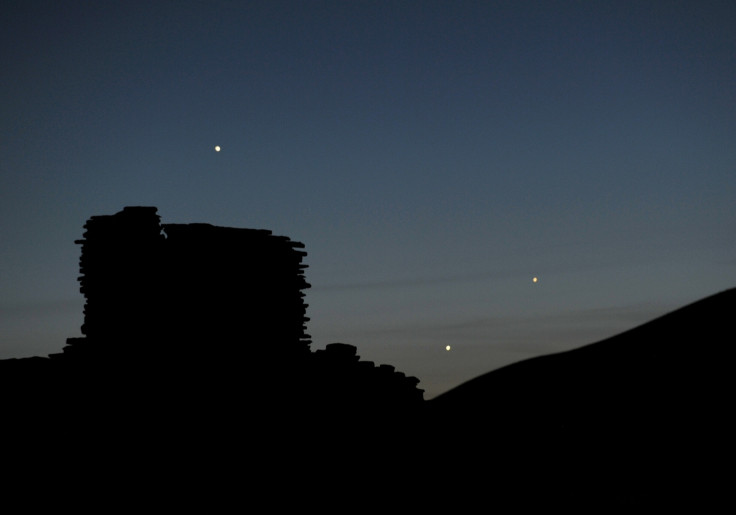Jupiter and Venus conjunction: When and how to watch the much-awaited celestial event
The conjunction will take place on 13 November where the two brightest objects in the night sky will appear close to each other.

In the early hours of Monday, 13 November, Jupiter and Venus will reach "conjunction" and it can be seen with the naked eye. From the point of view of Earth, it will seem as if the two planets are colliding with each other.
Conjunctions happen when two planets share the same "right ascension" – the east to west longitude in the sky as observed from Earth, explains Space.com. As most planets in the Solar System orbit the Sun on a similar plane, from the Earth's point of view, they follow a more or less similar travel path across the sky.
According to the report, when planets go through conjunctions, they are only a few degrees apart and this event on Monday will have Jupiter and Venus come within 17 arcminutes (there are 60 arcminutes in one degree) each other. They will also remain close for a day before and after the actual conjunction.
The planets are bright enough to be seen without the need for specialised instruments. If needed, a simple binocular should provide the necessary magnification, says the report. For Easy identification, the two planets will be set within the constellation Virgo. They also happen to be the two brightest objects in the night sky that is not the moon.
The planets will rise ahead of the Sun, towards the south-east at just 5 minutes apart. For those watching from the UK, Venus will rise at 5:56 am and Jupiter can be seen at 5:58 am. They are going to rise just 0.3 degrees from each other.
It is possible that the planets coming up together might simply look like one really bright star in the sky. There are a number of sky scanning apps available for smartphones that can pinpoint the constellations and the actual position of the planets for easy viewing.
Those watching from the UK will get an hour of extra viewing time before the sun rises and blots it out, notes the Express. The Northern hemisphere, on the whole, will have the best views. The says that skywatchers in the Southern Hemisphere are less well placed for this event as there's not "much time before it gets too bright out to see the two planets at all".
While celestial episodes such as this leads many to marvel at the sky and experience such spectacles with awe, there are certain sections of people who seem to believe that such occurrences bring misfortune and even disaster. There is a story swirling around the internet that Nasa has said that this will cause 15 days of darkness on the planet. This "parallelism", as one such conspiracy calls it, will cause the sun to turn blue. However, all these theories are pure false and the upcoming celestial event will not affect anyone adversely.





















